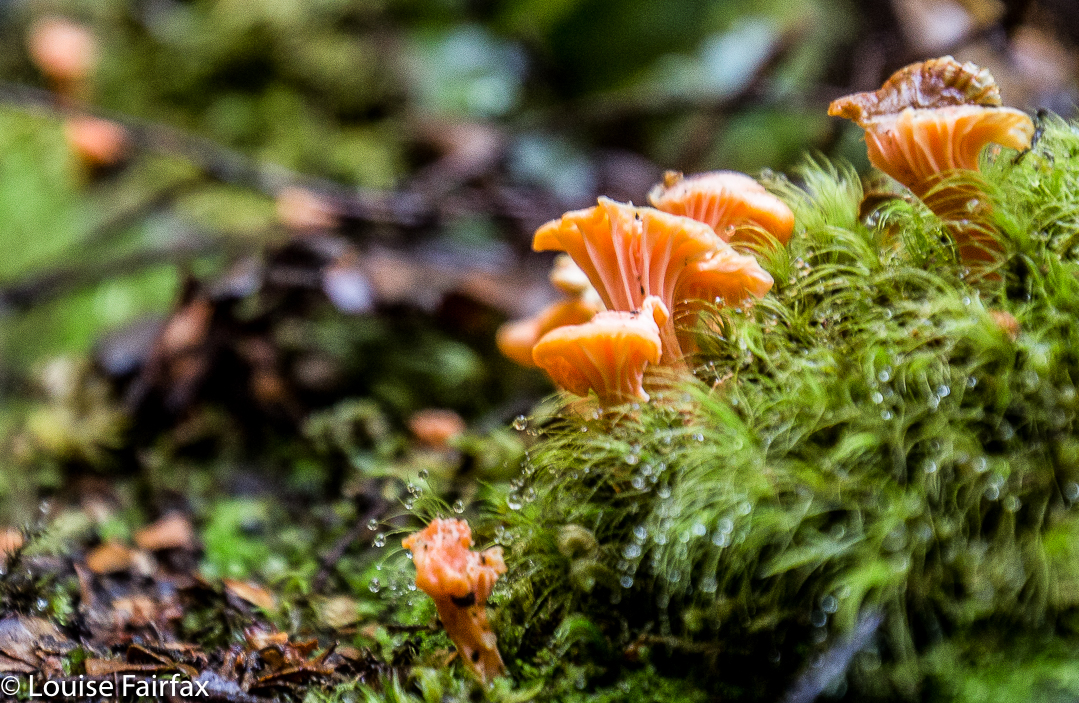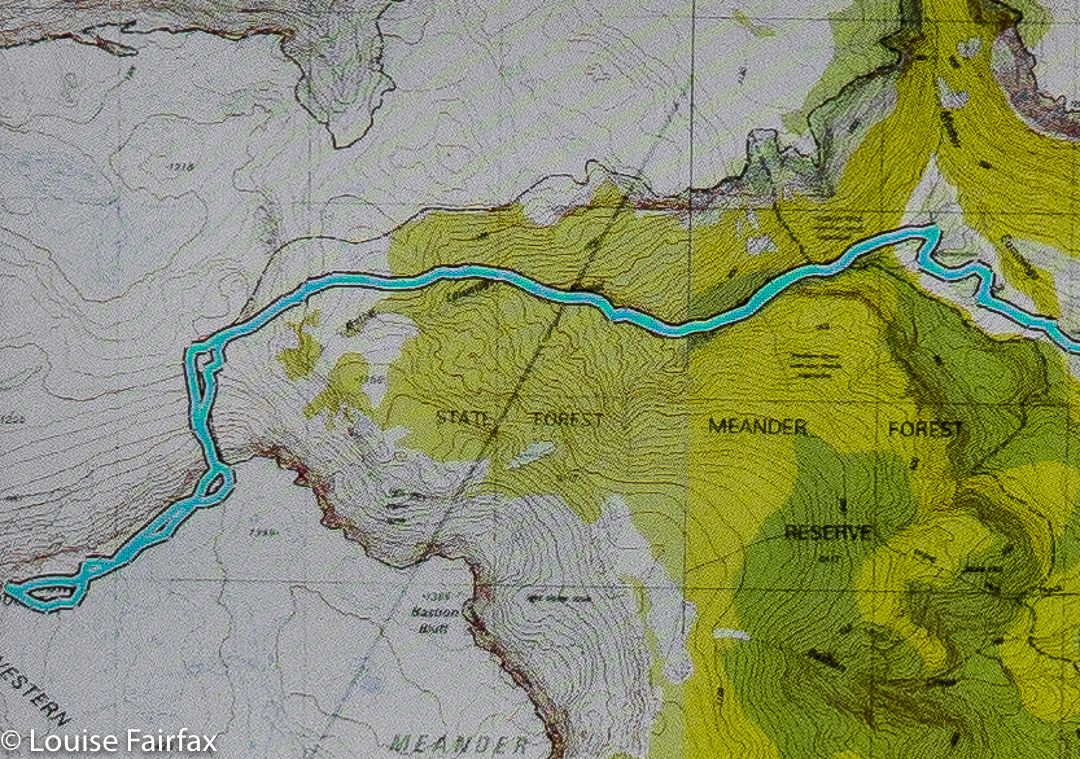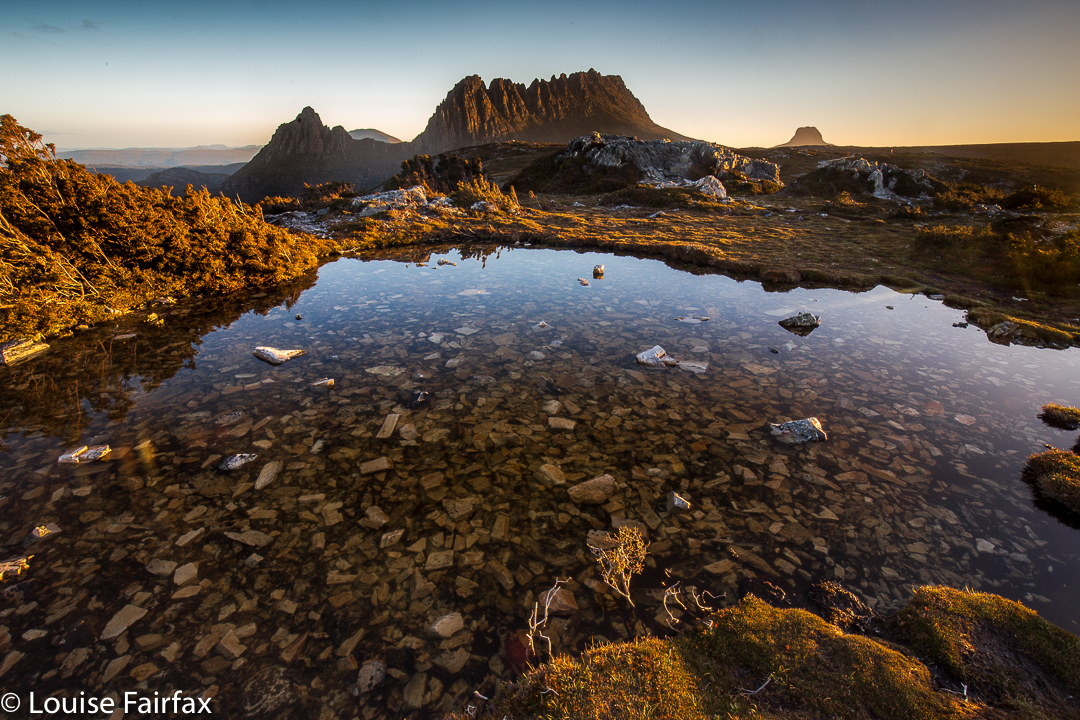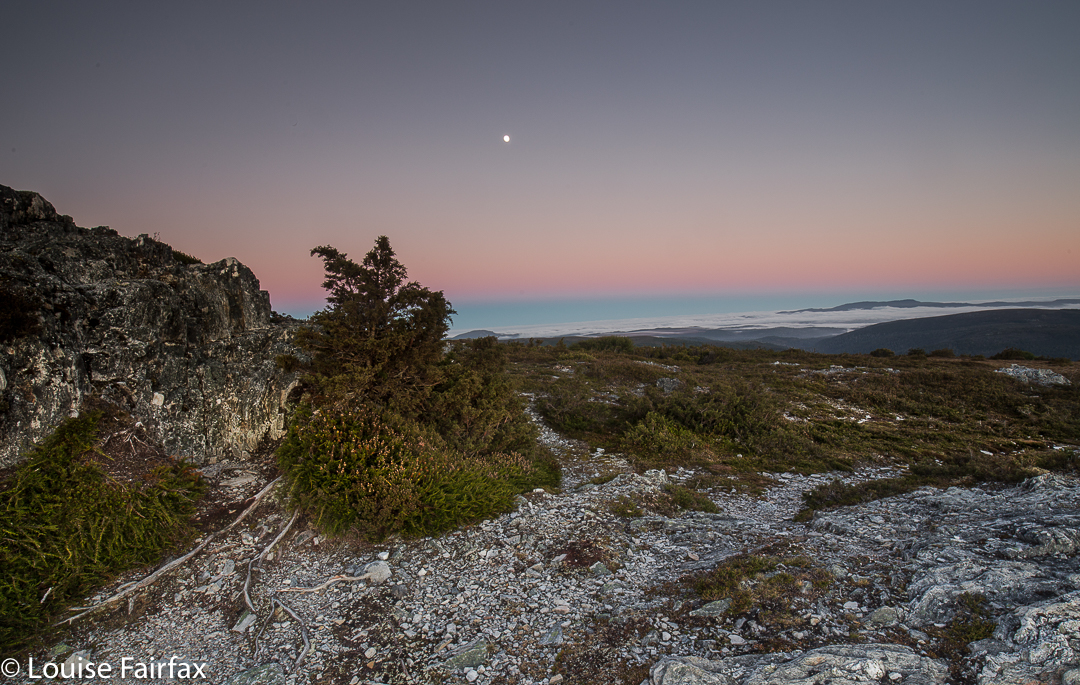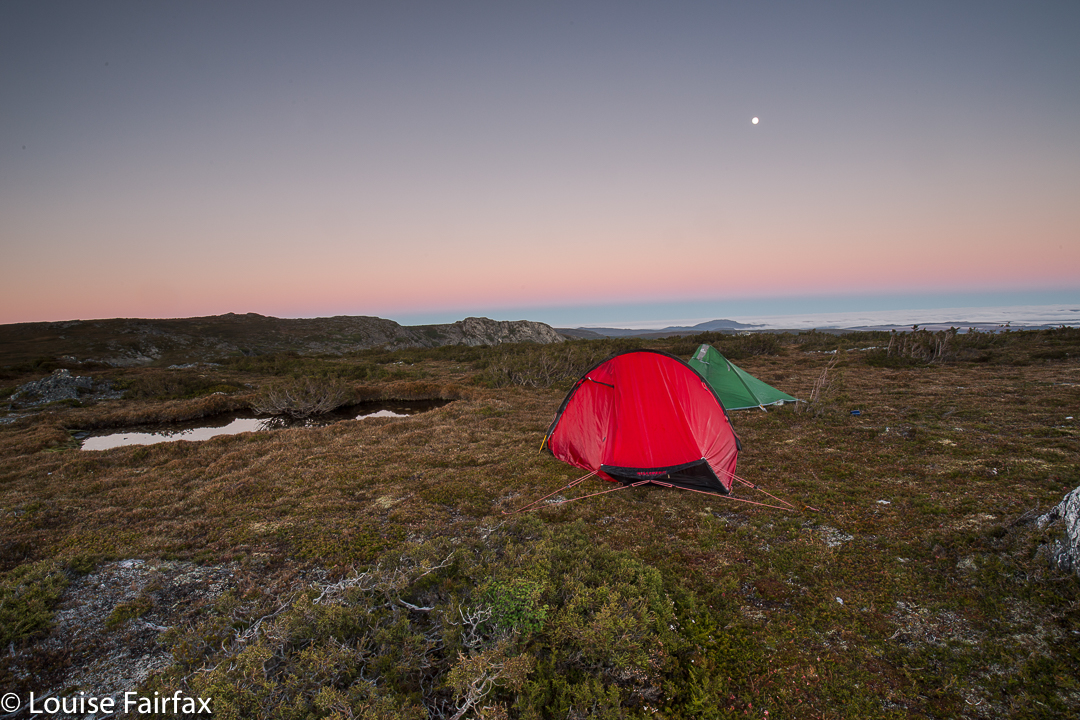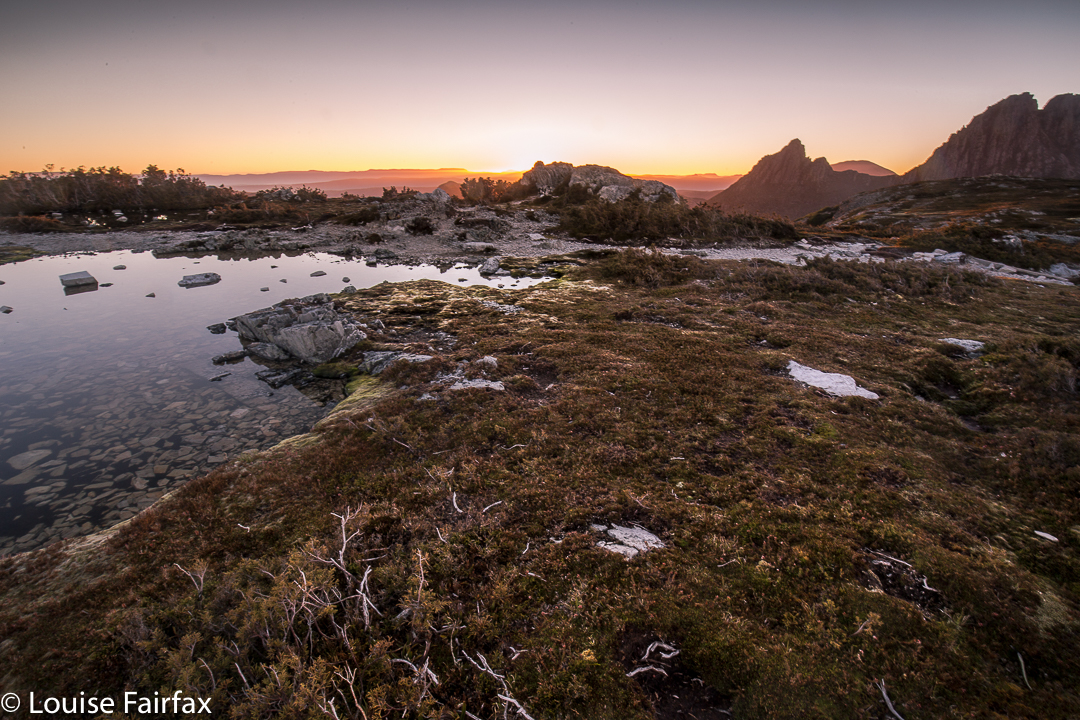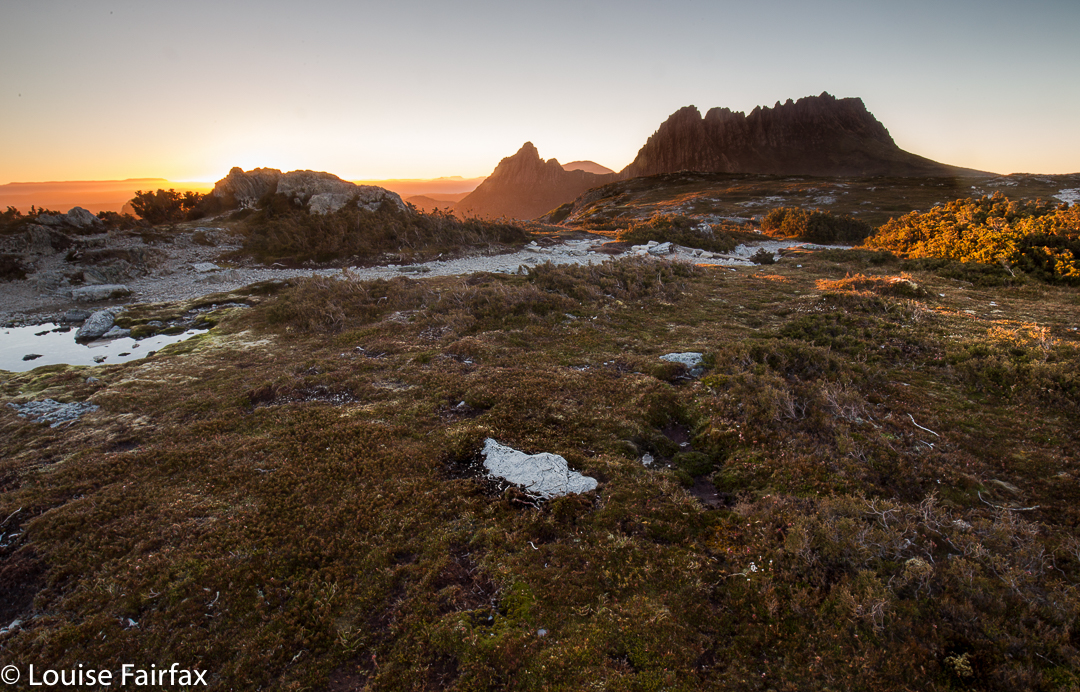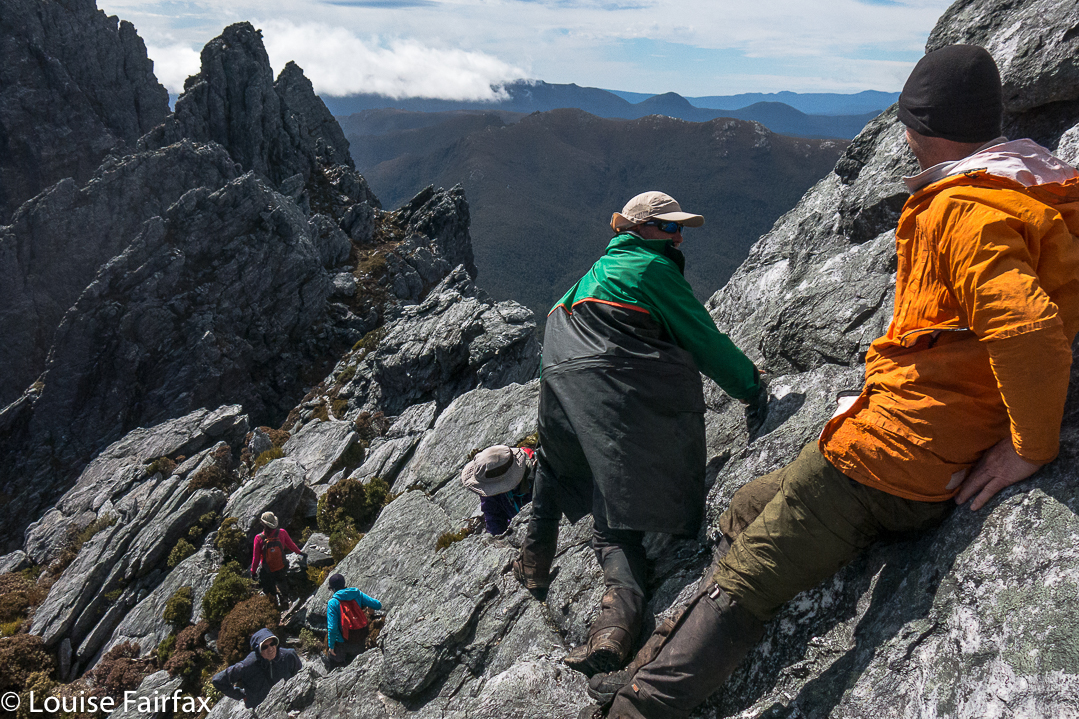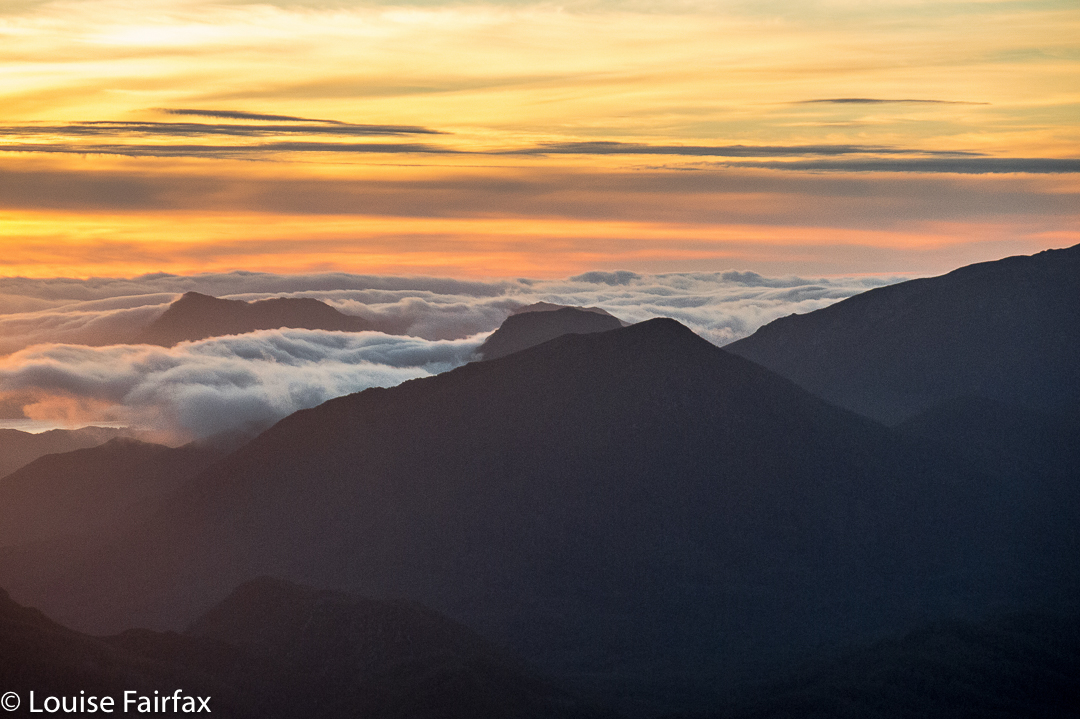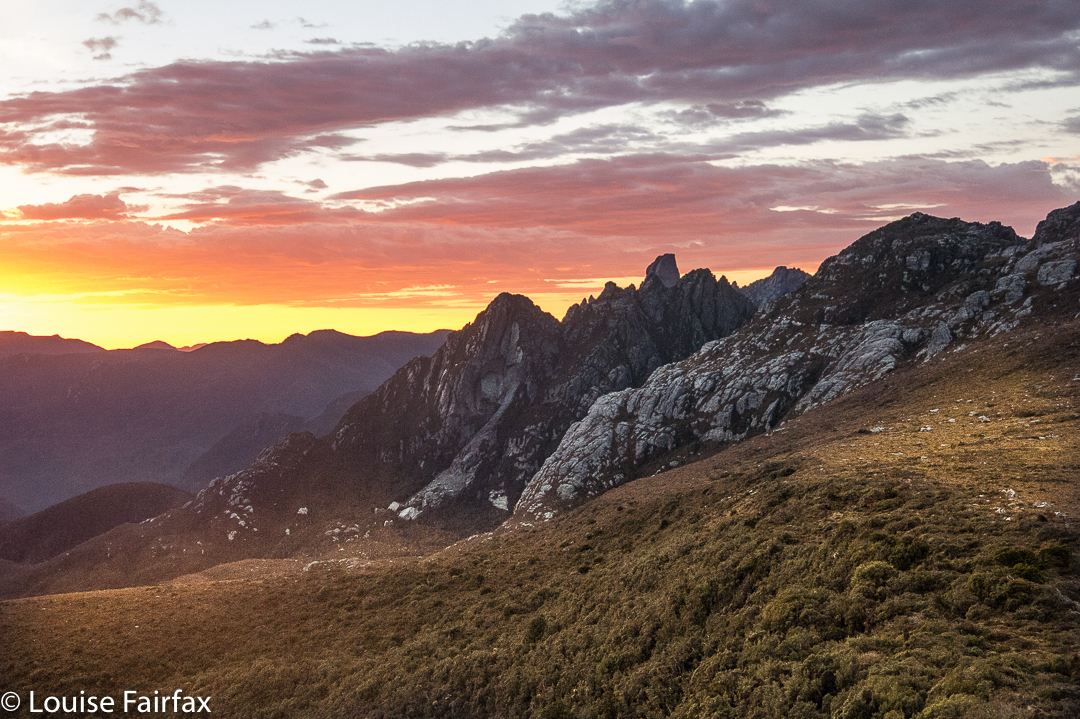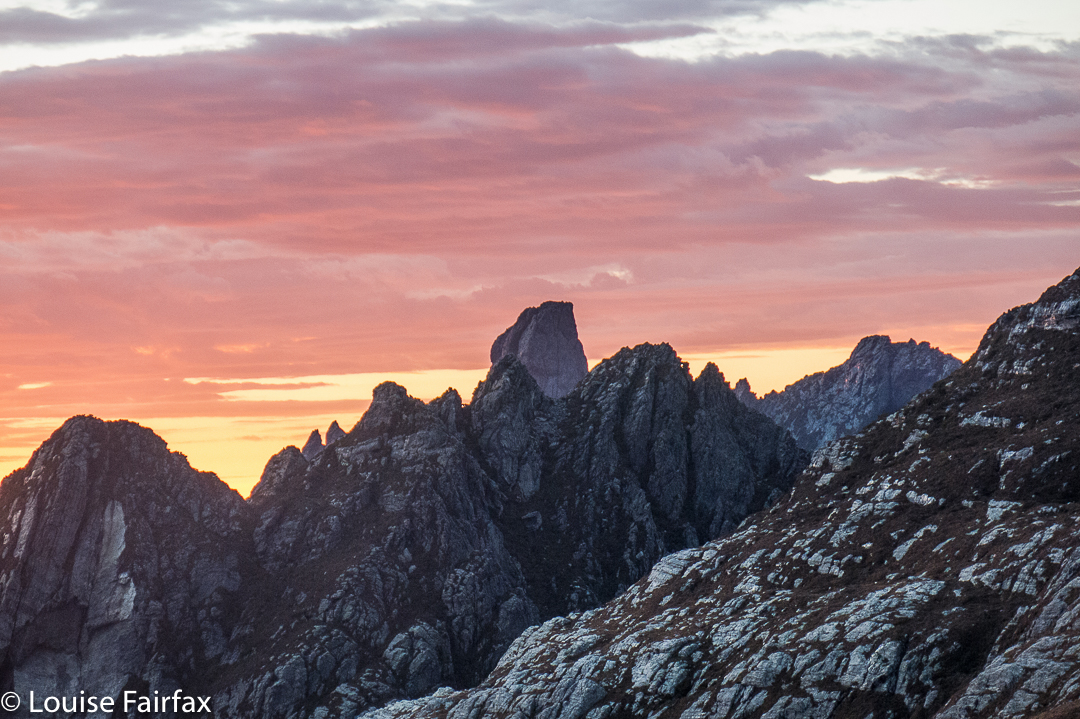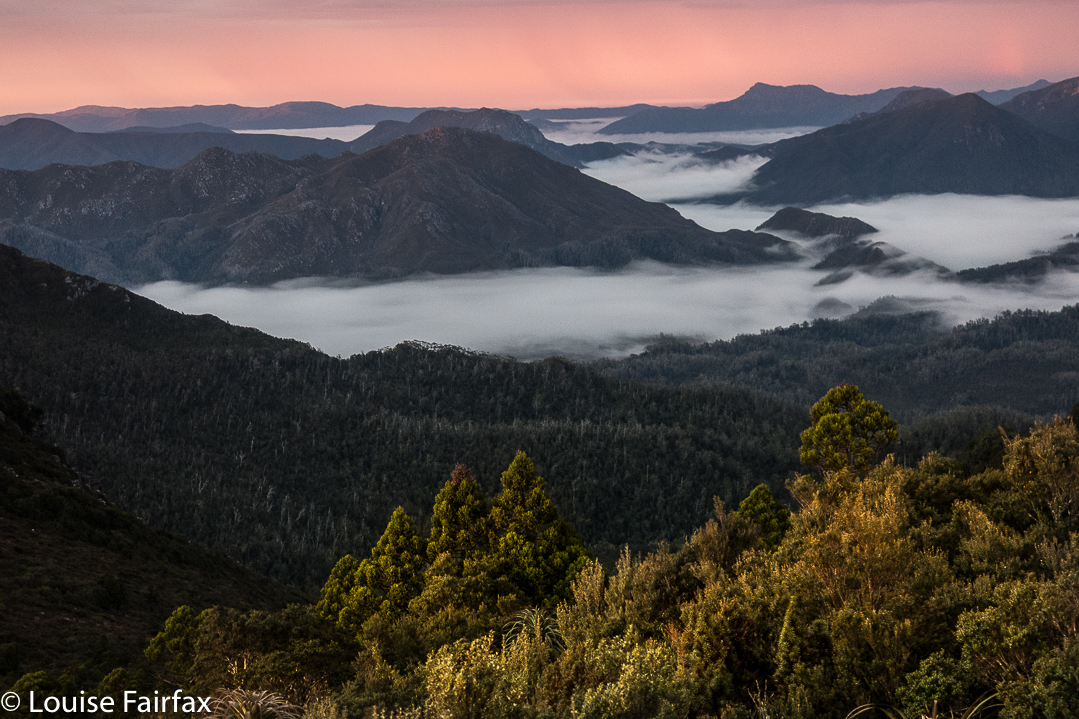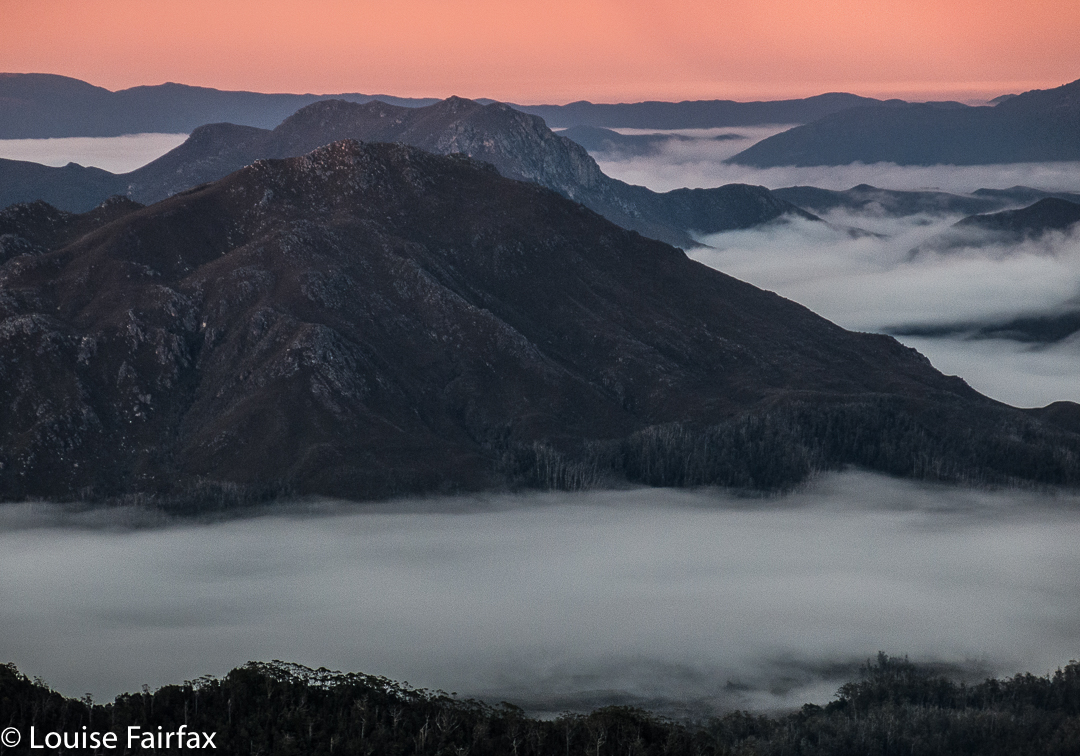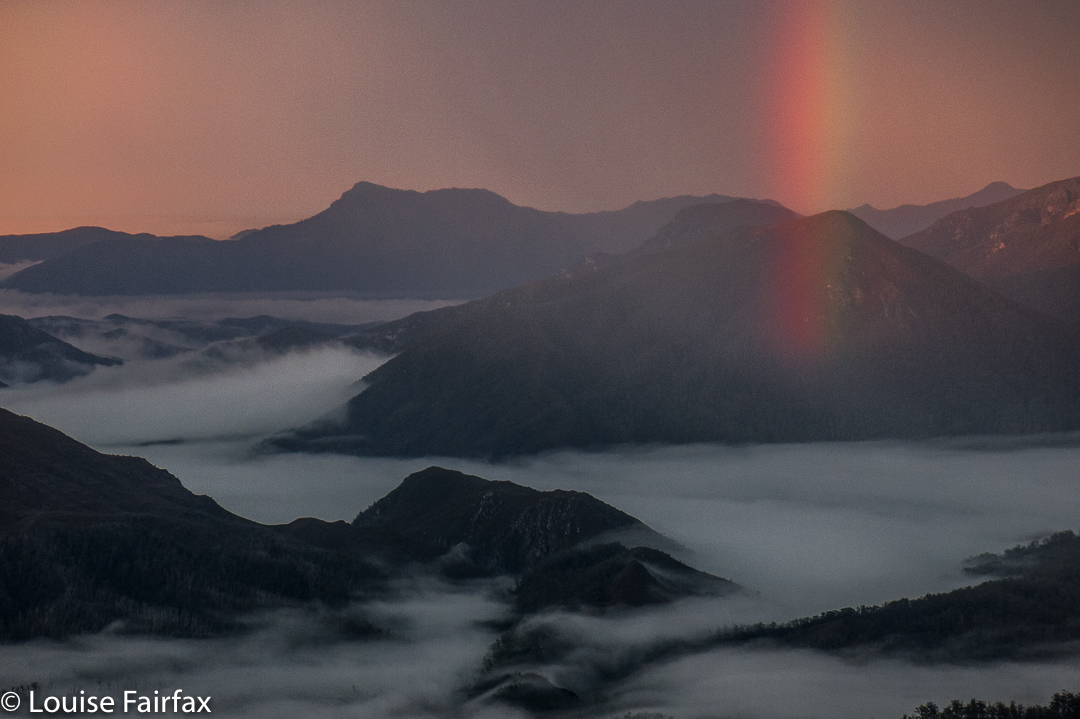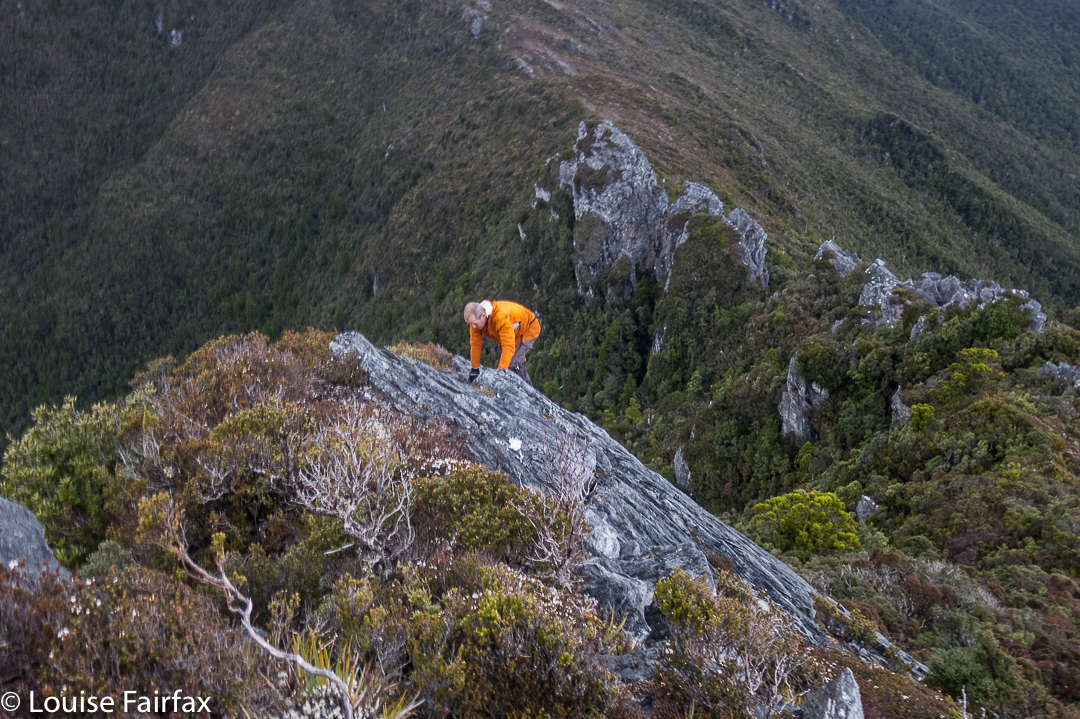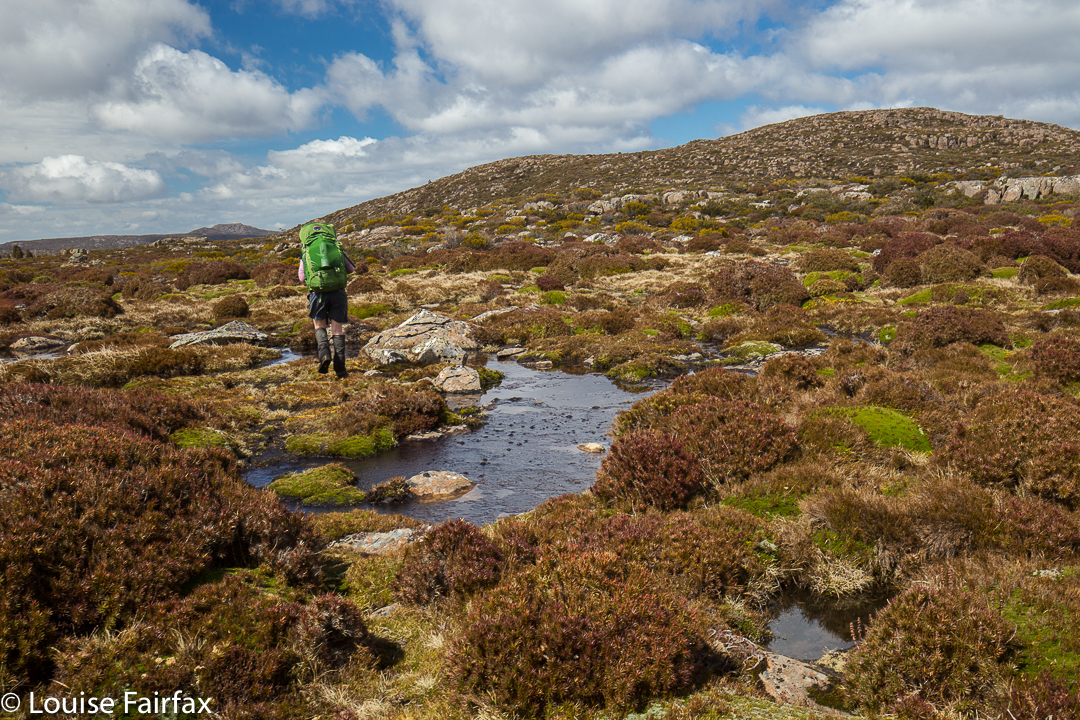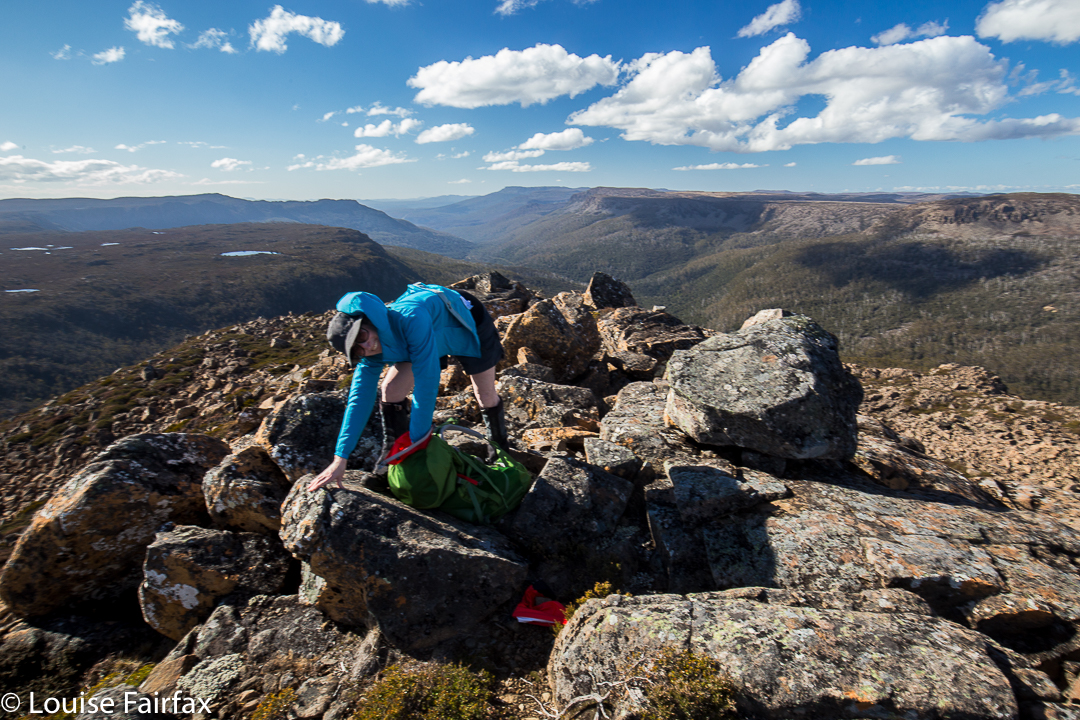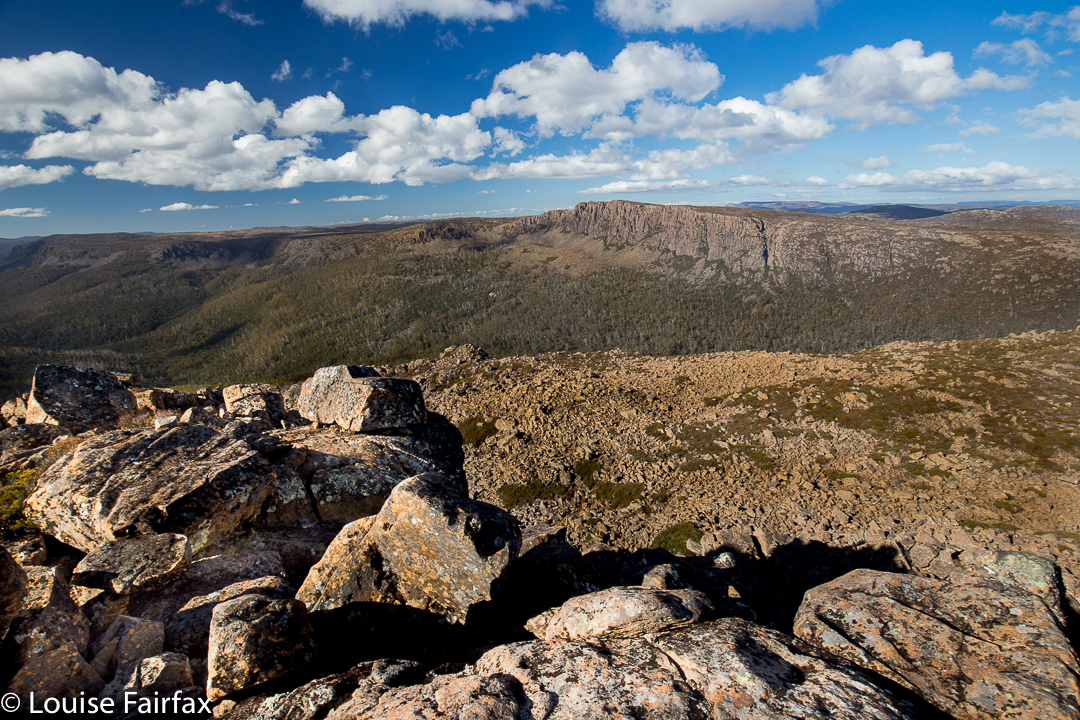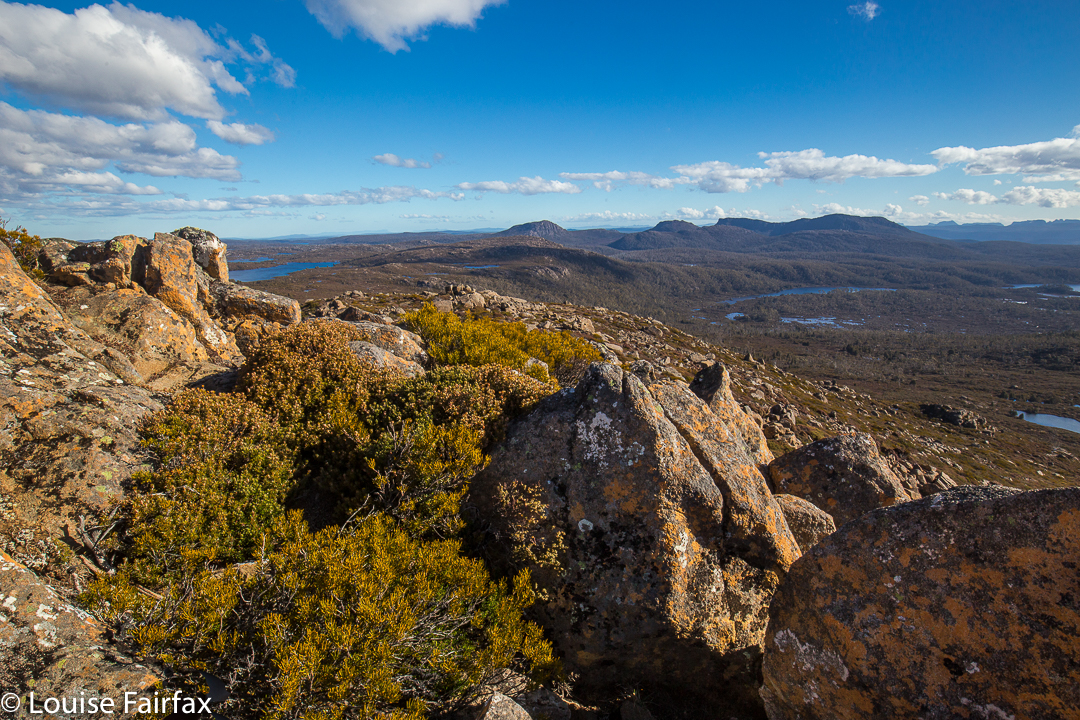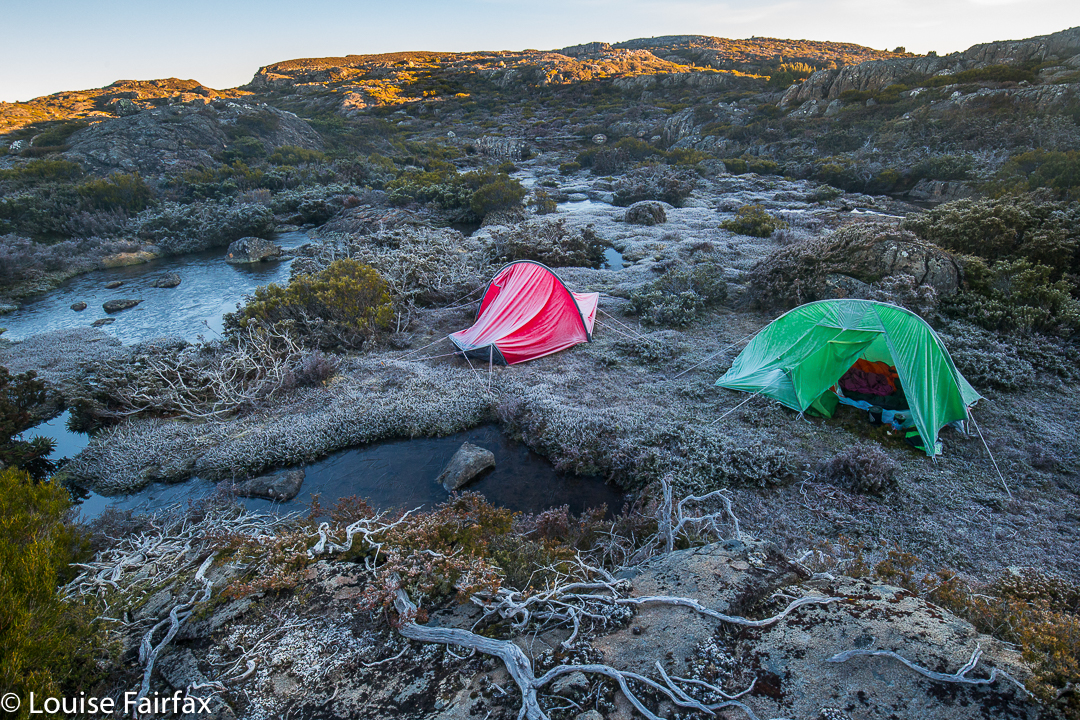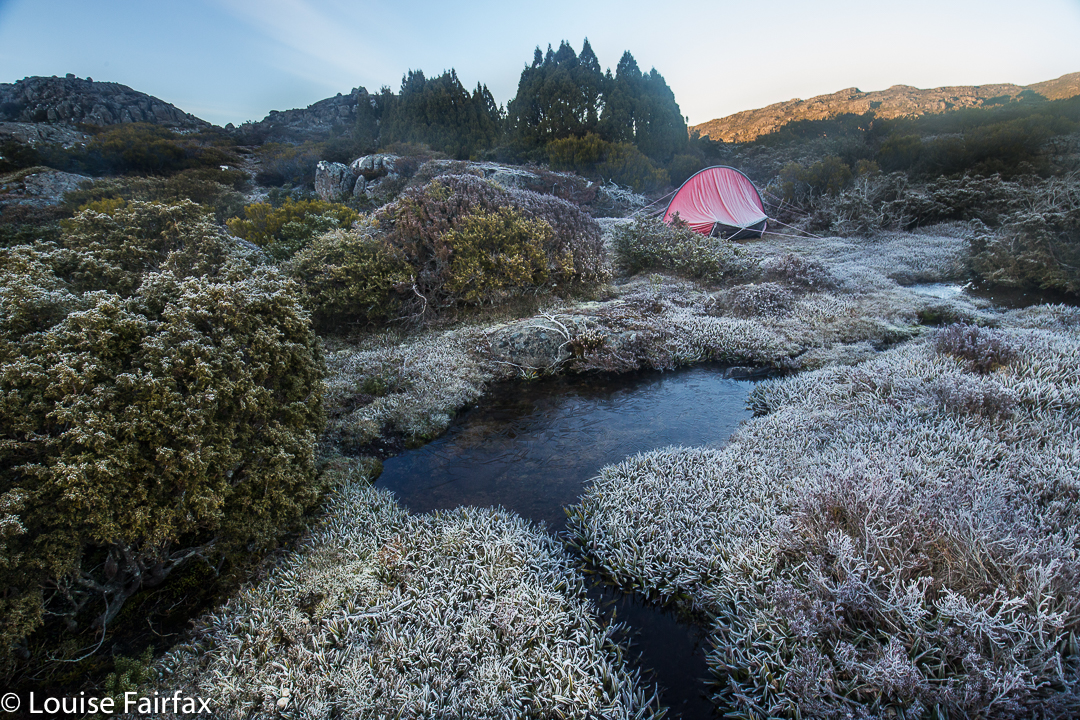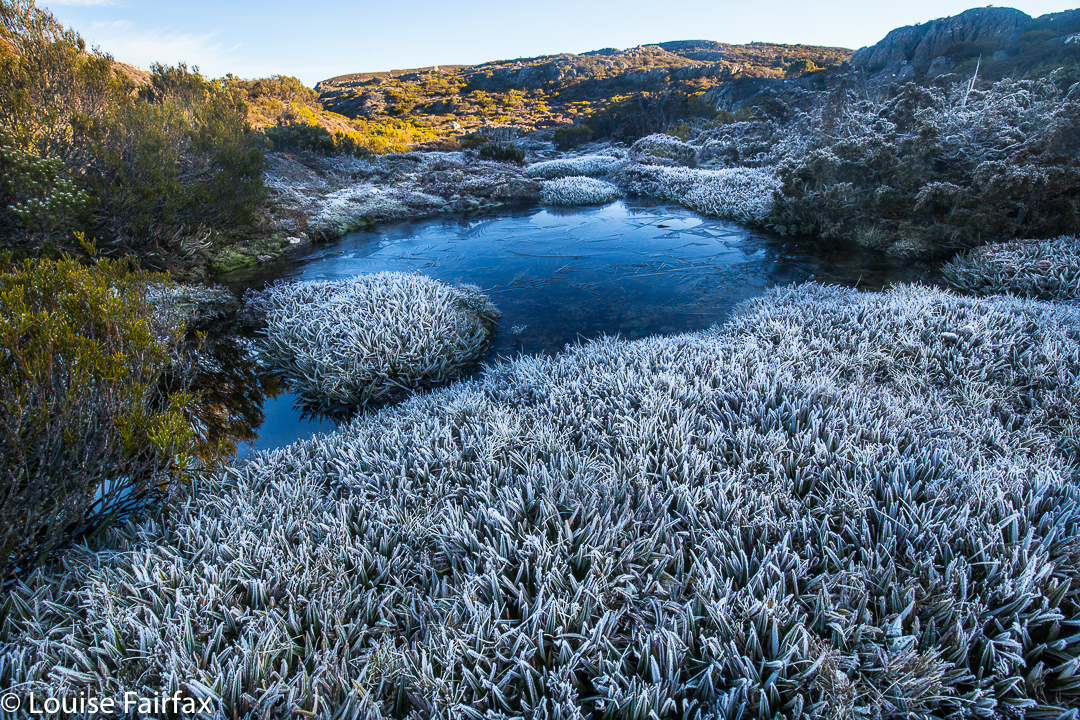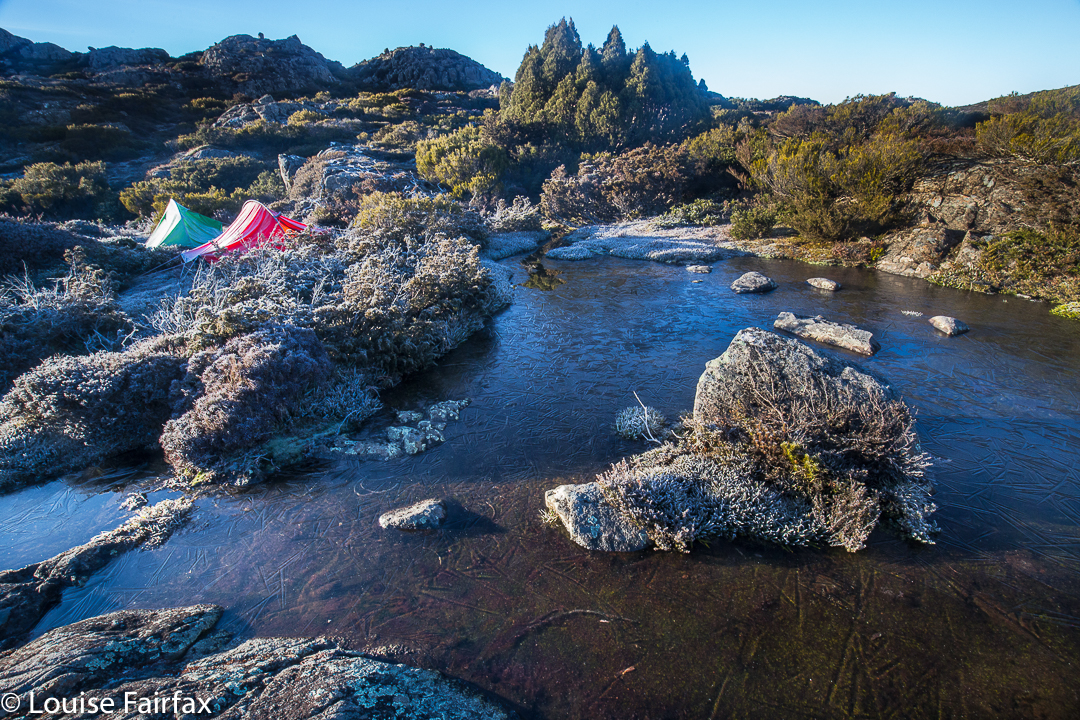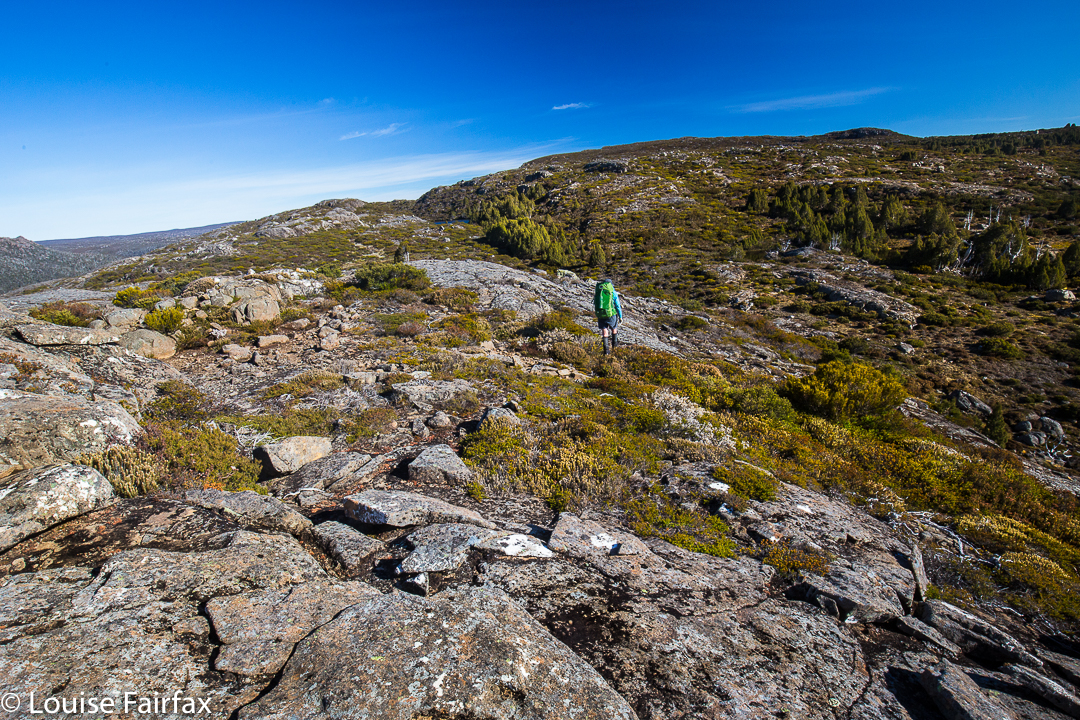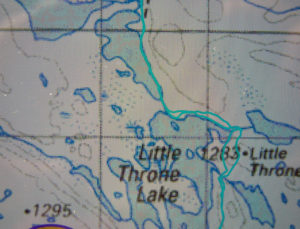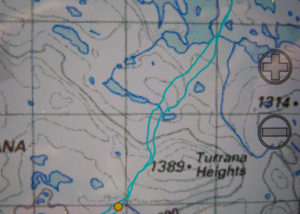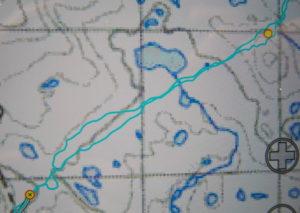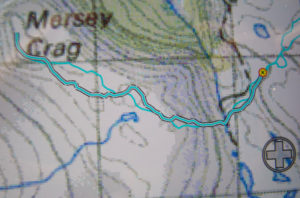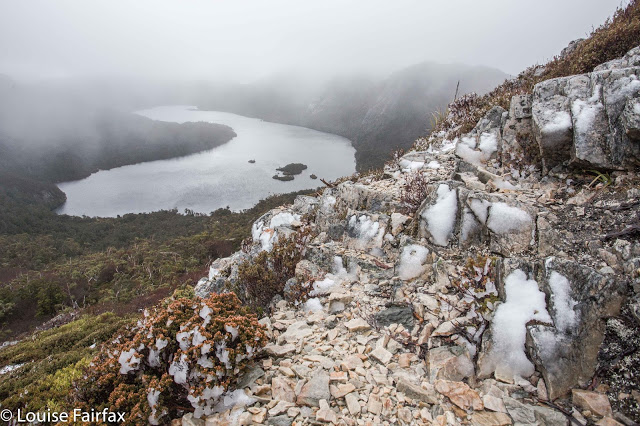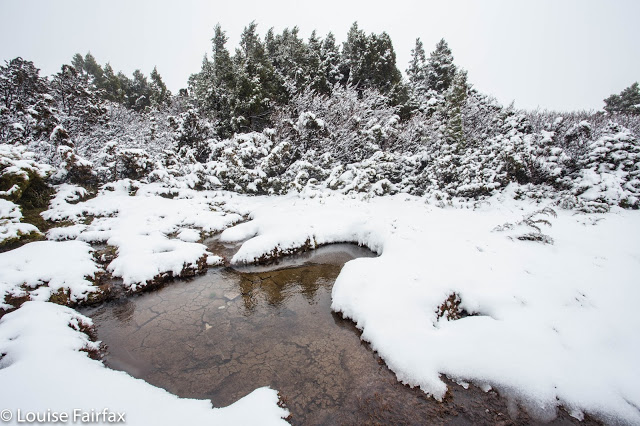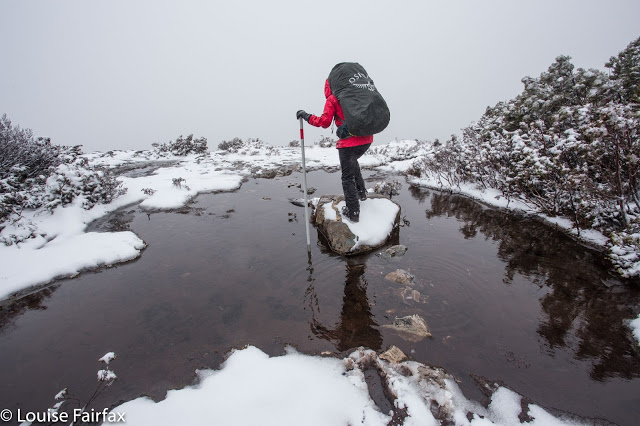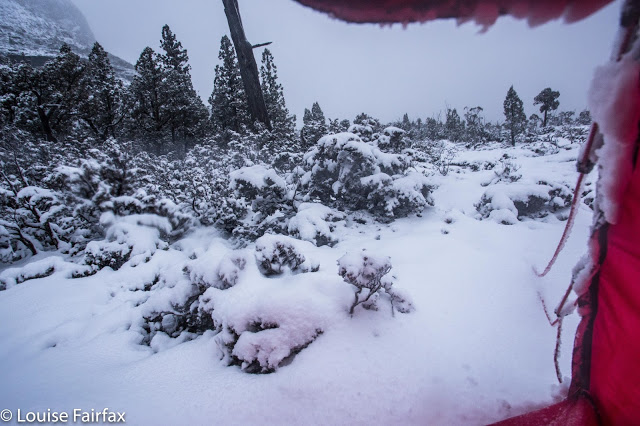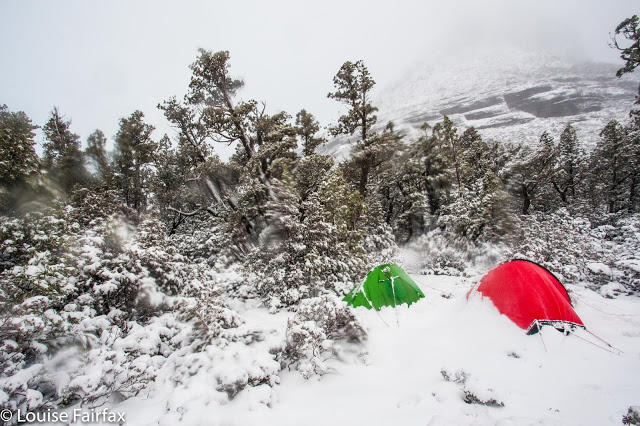Mt Ironstone via Smoko Creek, Feb 2017.
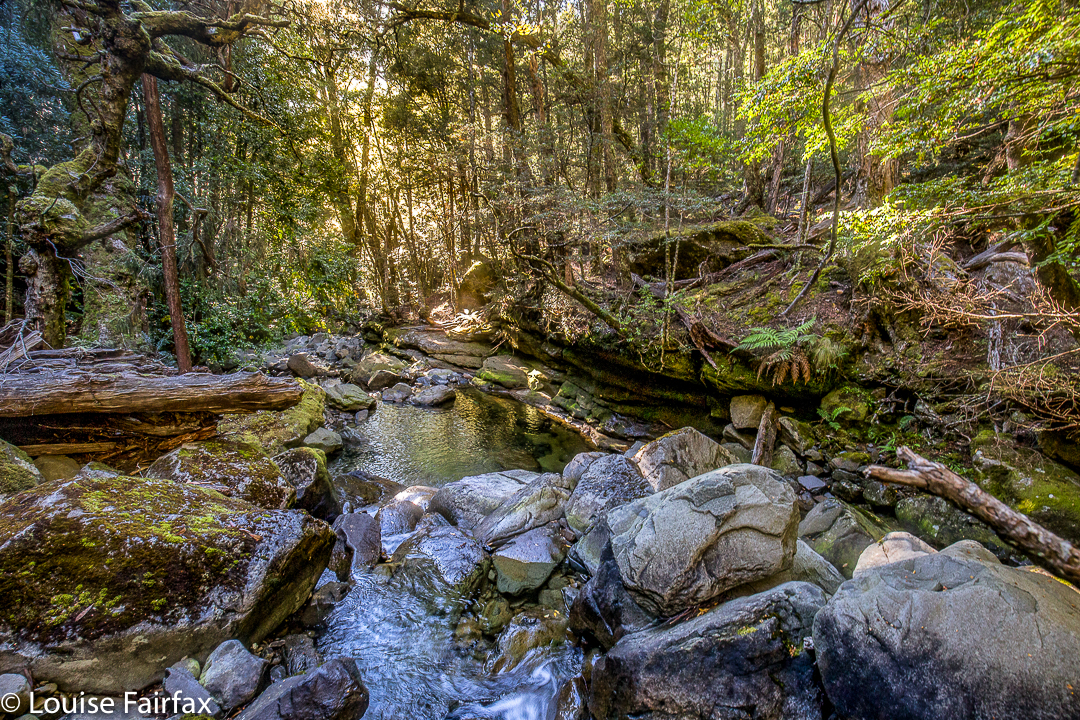
There are myriad different reasons for needing to get into the wilderness, but a large number of us seem to feel this urge to some extent or other, whatever our driving force or motivation. I have a very strong and oft repeated need, and luckily, it is shared by my bushwalking buddy and good friend, Angela.
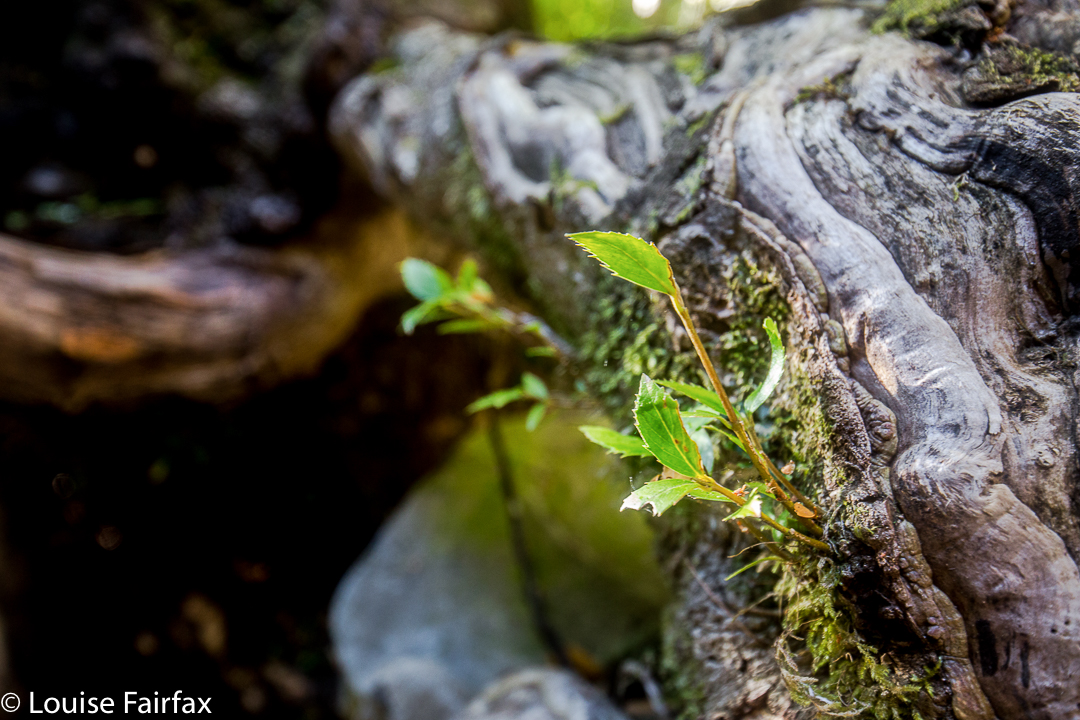
This summer has been filled with a large number of long expeditions, sometimes involving both of us together, and yet we hadn’t got out, just as a duo, to explore something new, climb something different – seulement nous deux – for several months. Angela knew that my days in the ICU watching over my husband had left me feeling cooped up and agitated, and suggested a daywalk this weekend. What a wonderful idea. I needed the wilderness; I didn’t just want it. Mt Ironstone was the solution.
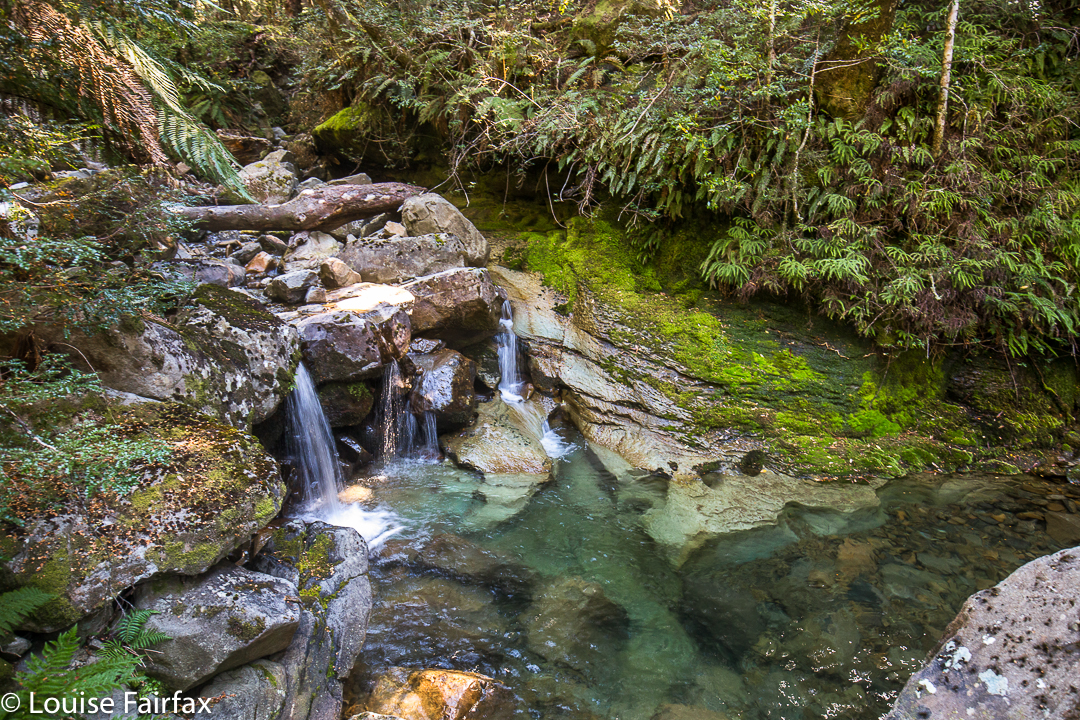
I last climbed Mt Ironstone in 1988 (with skis on my back, that got tangled in almost every myrtle tree), reaching the summit on a glide. I wanted to return under conditions that offered something to see, and this seemed like the perfect opportunity. The last time we’d used Syds track; Angela too. I had decided that when I returned to take photos, it should be via Smoko Creek. Luckily, Angela had also not tried that route, so it was settled. Now we had something new to do.
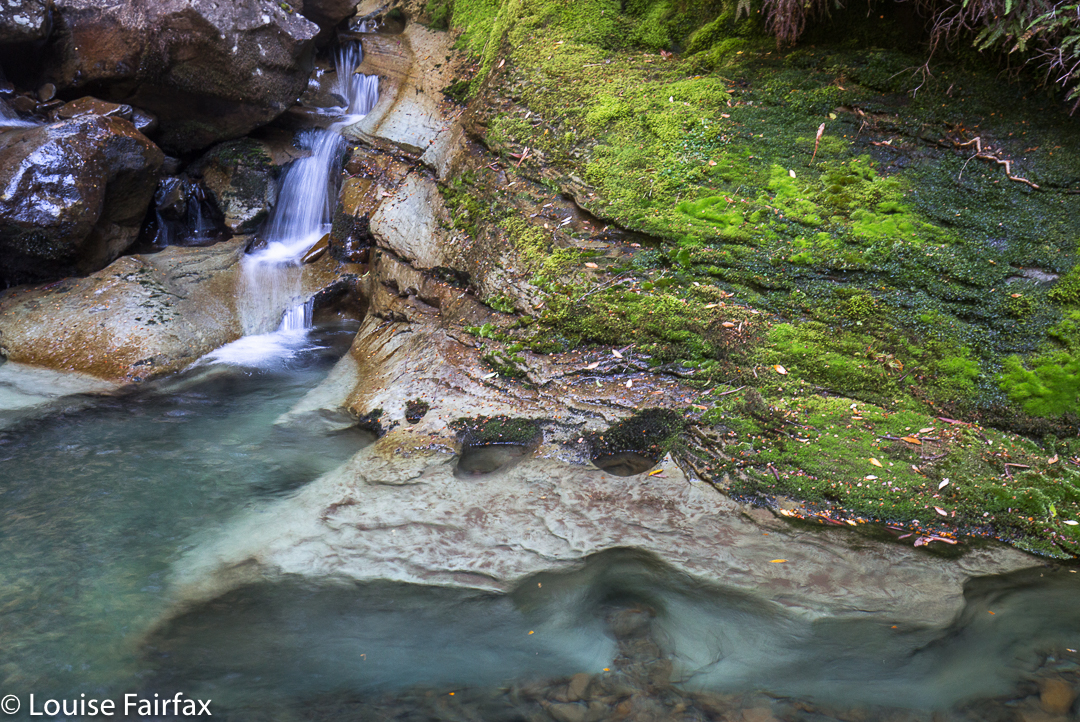
We parked near the collapsed bridge and proceeded along the ex road (now picturesque track) to the former parking area, reaching it in 20 minutes. This area offers a turn to the right to Mother Cummings Peak and Smoko Falls, and one to the left to Chasm Falls and Mt Ironstone. Funnily, we chose left. In a further 22 minutes, our narrow pad with metal markers and sometimes pink tape diverged, with one route (left) leading down to the creek, and another (right) up the spur. We took the spur route (neither direction was labelled) and continued climbing, soon crossing Smoko Creek by a log with wires to stop us plummeting to our combined deaths. I would not take children near this log unless they were exceptionally responsible.
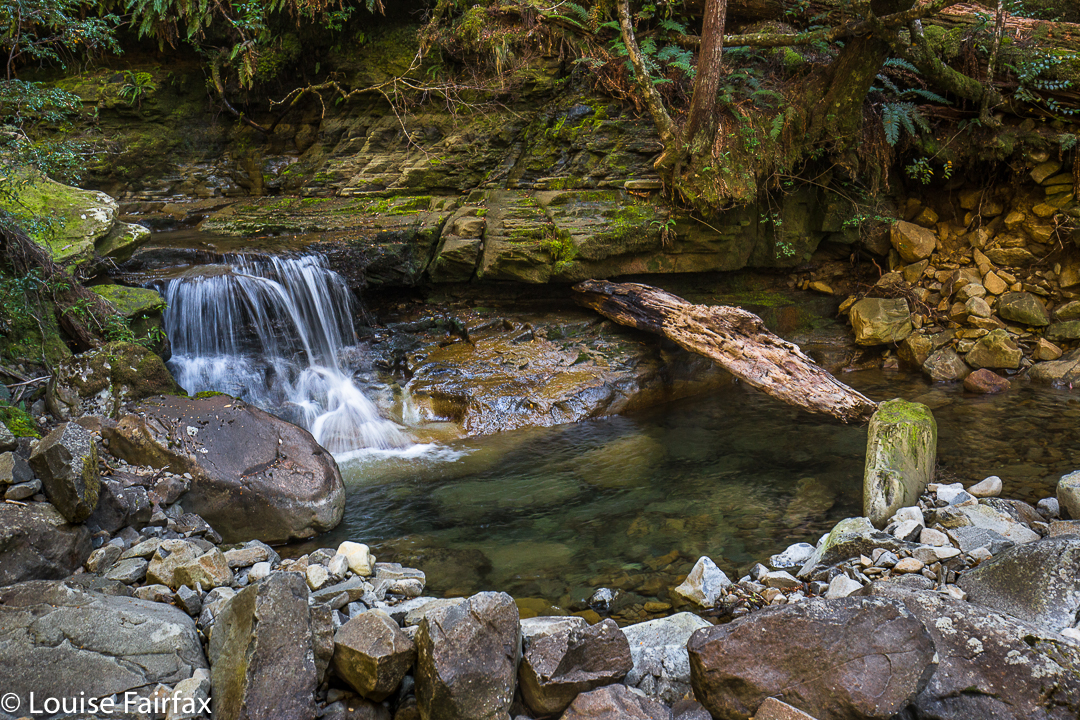
The forest had already been wonderful, but from here on its perfection seemed to reach new heights. If you want to believe in fairies and goblins and elves and ents, just come here and witness the weeping King Billy Pines and lush myrtles, the moss, clear pools and abundant small cascades. I was desperate to photograph some of these scenes, but we were intent on reaching the summit. Photos (mainly for me) and swimming in one of those holes (Angela) could come later. I eyed up scenes I wanted to shoot, and Angela tried to choose the perfect swimming hole as we climbed, past mossy caves and ledges, exclaiming about the beauty as we rose.

Eventually we emerged from this wonderland into drier bush, but it didn’t last too long. At first the track was still discernible, albeit with difficulty, but later – in the flatter area near a saddle-zone – it became downright vague, so we just followed our noses to the scree area, and climbed up it to the plateau on top. Once there, it took us about half an hour, at a guess, to reach the summit. Again, it was a “choose your own path” area. We were at the summit three and a quarter hours after crossing the river at the start. Oddly, perhaps, the downhill journey took us ten minutes longer than the climb – but maybe that’s just because we both love climbing, so proceed somewhat excitedly upwards, but are never in any particular hurry to leave our idyll. The extra time to come down does not include the time for photography, swimming, or for gazing while we had a snack beside a pool.
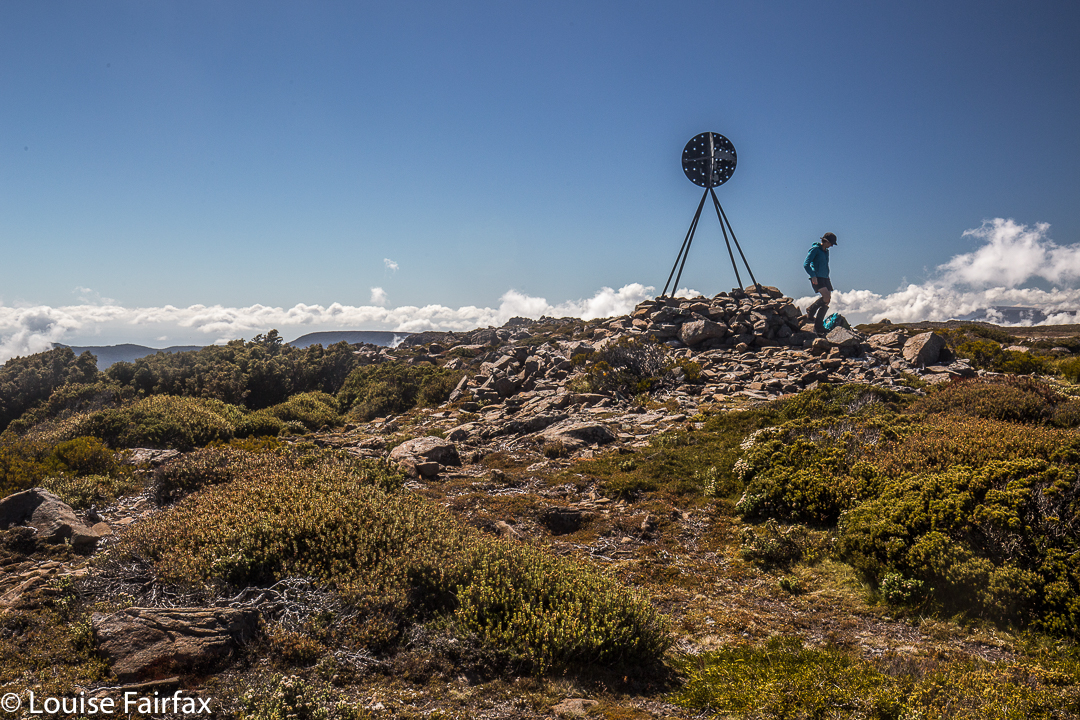
We pulled out of the carpark at 5pm, thus timetabled out of our usual cake and coffee at the Raspberry Farm, which is sad, but it will be there for next time, and the forest and mountain had had a stronger call on our attention.

